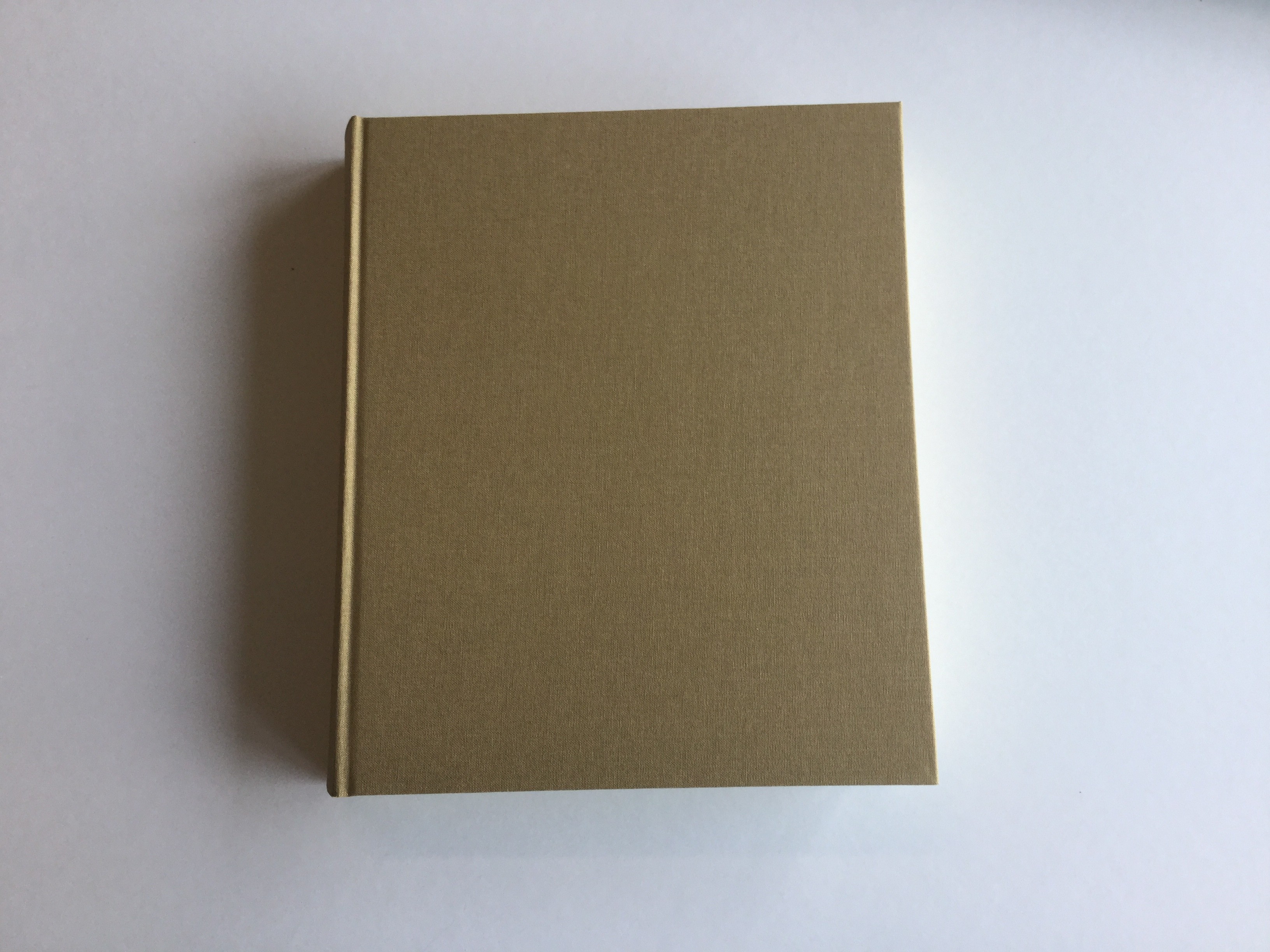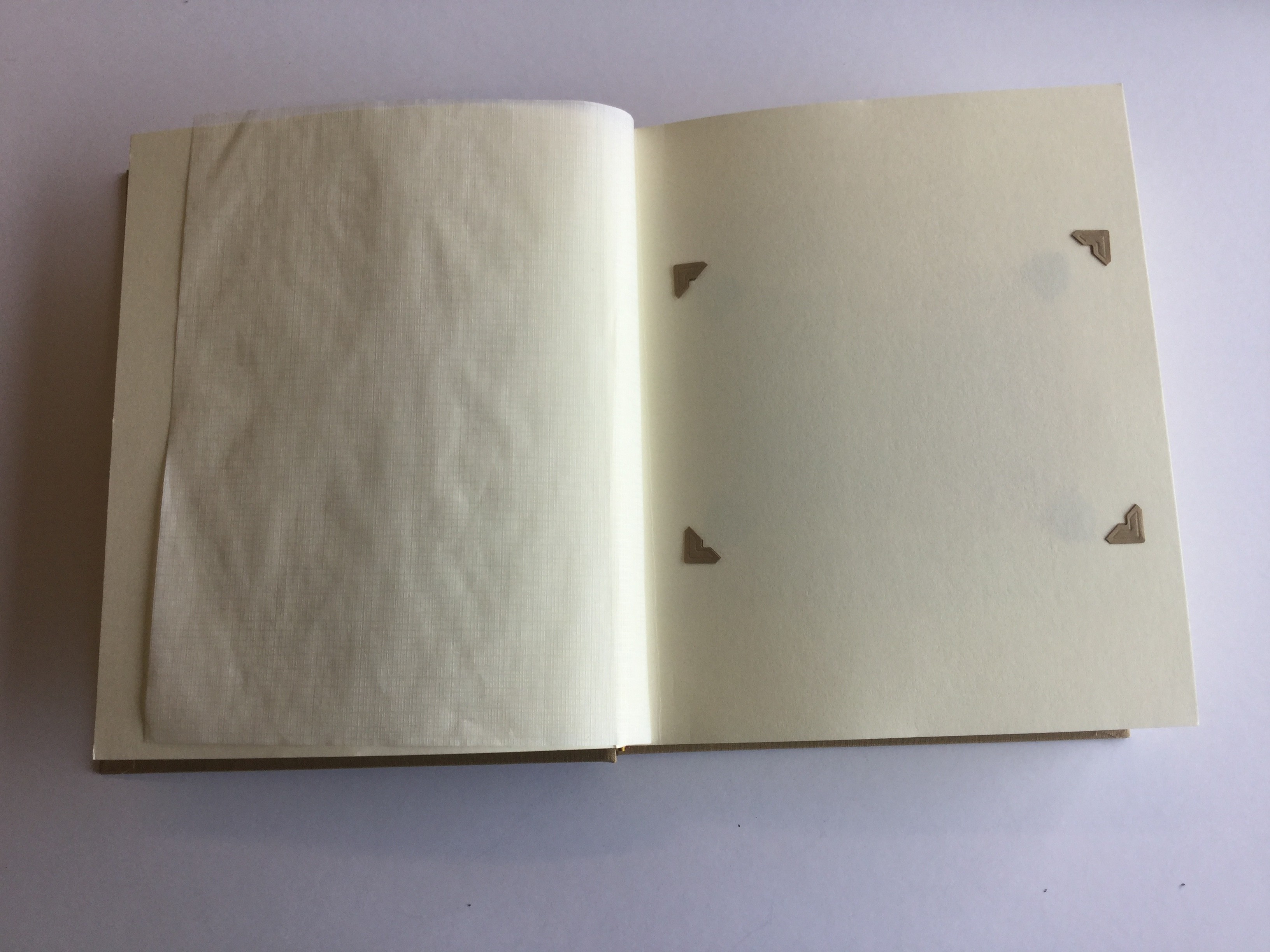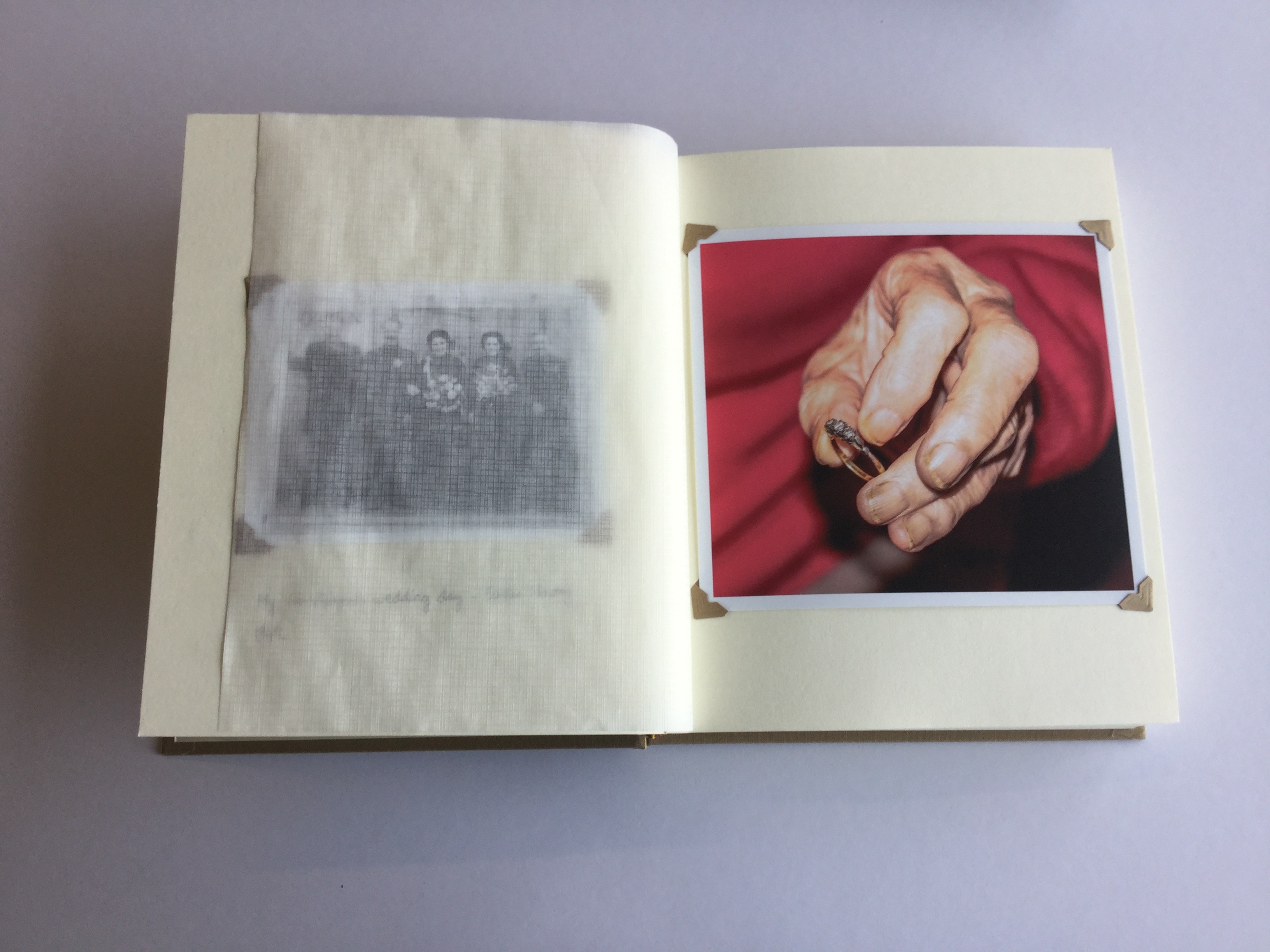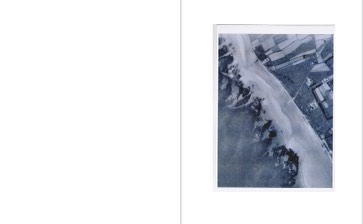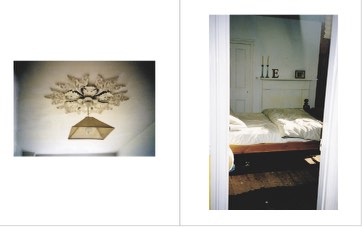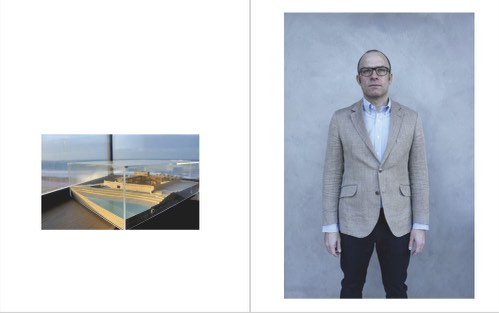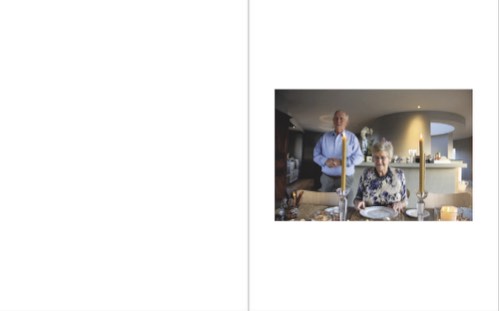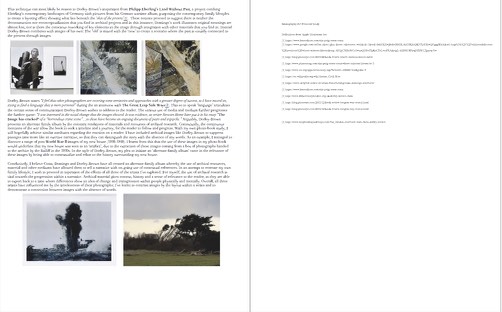Personal Study – Photography
Question: Can the place where someone lives, change their overall outlook on life?
Introduction
“If you wake up in a different time, in a different place, could you wake up as a different person?” – Tyler Durden. In this personal study I would like to focus on two different places and discover if they have affected my family and the locals. Since I was born in Jersey and have many family members from Madeira; I’ve always had conflicting ideals about these two worlds. I believe that my ancestors and other natives greatly prefer Madeira and I can notice it in their expressions. They seem happy, lively and at peace with the world. Most of my family have immigrated to Jersey, assumedly looking for better job opportunities and stability in life. However, I think that they still hold the thought of wanting to return to their hometown deeply within their heart: “When you finally go back to your old home, you find it wasn’t the old home you missed but your childhood.” – Sam Ewing. Personally, I feel that Jersey is quite draining, mainly due to visual aspects. For me, I prefer to be surrounded by liveliness and nature. Therefore, I want to find out if the: environment, culture, memories, etc., affect the way in which people in Jersey and Madeira feel and act. Also, if true happiness is determined by the place in which you live: “Paradise is not a place it’s a state of mind.” – Frank Sonnenburg. In my previous studies I looked at: street photography, photojournalism and landscapes; which I enjoyed and want to further explore in my personal study. In order to develop from my previous coursework, I’ll have to get a good variety of outcomes and capture more people in my frames. In Photoshop, I want to experiment with black and white filters, magenta and other general edits such as: curves, brightness and contrast, vibrancy, etc.
- Jersey and Madeira
Firstly, I’d like to discuss if the two European islands affect people differently. The way that someone feels about a place has a lot to do with the connection that they make in it; be it negative or positive. In turn, this memory is crucial as it affects our reactions and perspectives of a location. The first photographer that I’ll be analysing is Sebastião Salgado. The Brazilian documentary photographer has travelled the globe searching for the most exquisite moments. His books Genesis and Migrations intrigued me a lot. Sebastião makes environmental links in his photography. I think that he aims to show the beauty of nature and preserve it in his shots: “Nature is the earth and it is other beings and if we don’t have some kind of spiritual return to our planet, I fear that we will be compromised.” Although most of the world’s environment had been ruined, Salgado’s quest aims to show pure scenery that I believe we should strive to maintain. In turn, I assume that the viewers will be enchanted by the unspoilt planet depicted and try to change the circumstances; since every human is dependent on oxygen from plants. I highly believe that us as human are happier living in an undisturbed land. For me, rural areas have little destruction and more tranquillity. If he were to document urbanized cultures, for instance with modern technology, I assume that the audience wouldn’t be as shocked, since they are already accustomed to these situations. However, Salgado’s meaningful book depicts his appreciation for untouched areas and depicts humans in less fortunate conditions such as those who live in poverty. Their culture and way of life is completely different from developed places; nonetheless, I feel that they are more connected to each other and to their environment because of where they live. Maybe they have a peaceful connection to the island. I feel so amazingly great knowing that I can escape and immerse myself in the natural world; it provides me with a true sense of humbleness and belonging to all life forms; whilst reducing my stress. This same effect possibly occurs to others, depending on their living locations. As the environmentalist John Muir says: “Going to the woods is going home; for I suppose we came from the woods originally.” Furthermore, I agree with the BBC researcher Anna Gislen in saying: “You want to help keep people safe and give them the best parts of modern culture, but in doing so they lose their own culture.” I think that people’s surroundings can impact their way of life, emotions and thoughts. Moving on, I think that the classic black and white filters that Salgado uses exude a timeless effect. I believe that this allows for the audience to focus less on the aesthetical qualities of the photograph and more on the raw feelings that are portrayed. He was influenced by Lewis Hine and other that had sullen and bold contrasts of black and white. Subsequently, this filter is also more dramatic, which may increase the importance of the message. He stated: “What people have is a way of photographing what’s inside them”, therefore their history. His past was economics and so I believe that this fuelled his future topics in photography.
2. Adapting to differences
New places can bring new feelings and I believe that deep down no one likes change. My family decided to immigrate to Jersey a long time ago and have been living here ever since. Thanks to their link with other Portuguese people which have moved here; they were able to find out about the island. The alterations from their hometown are immensely diverse. Jersey is a much more technologically advanced region. The modern culture is quite advanced compared to Madeira. This leads me to introduce a second photographer who looks at developed, unconventional and industrialised places. He captures present time moments. “Don’t shoot what it looks like. Shoot what it feels like”, stated David Alan-Harvey. This signifies that his work is all about containing emotions that can be translated by the audience into a certain meaning. I believe that the subjects in documentary photographer’s work emulate those in Jersey. I was interested in his study of work called ‘Living Proof’, which displays a current day view on updated society. He stated that in photography: “there are no barriers” and questions “can we even capture what we feel in a photograph?” In my view, Harvey’s work connects to Salgado as his work builds on social interactions between humans and the environment. I highly believe that the social, political and economic differences from the two islands and photographers differ. This created new opportunities in the working world. However, the industrialisation and high-tech technology has a lot of negative aspects. I believe that my family and some locals can become isolated, stresses and depressed because of their surroundings. To me, it doesn’t make sense to live in an area surrounded by concrete walls and fake materials. I think that our lives should be plentiful of nature and fresh air, instead of polluting fumes and unnecessary towers. Harvey’s photographs show many scenes with social interactions. He uses colourful, vibrant and saturated filters, which make a pop and grab my attention. Harvey captures his subjects in busy situations, and I find that his frames are always full and exciting. I believe that Harvey integrates himself amongst his subjects and shoots from their perspective. I personally don’t believe that the pictures have much of a physical impact on the world, apart from making them aware of the ever-growing circumstances that occur. In this series, he portrays the addictive side of our society and depicts pleasures that money can buy. David Alan Harvey grew up in a developed and populated city. He has some similarities to Sebastiao Salgado but also some differences. Their medium is the same, in that they both are documentary photographers. However, their subjects of interest and messages that they want to convey to the world are worlds apart. Typically, I think that Harvey shows the diversity of up-to-date surroundings and how it’s possible to enjoy it and have fun. Nevertheless, in the majority of photographs the people seem sad, which always brings me back to the question; does the location matter and what are the effects on our life ambitions? Culture is an integral part of our lives.
3. Genre of documentary
As a final topic, I’ll be discussing the comparisons, contrasts and connections between Salgado and Harvey’s documentary photography. Also if their styles and chosen locations are due to their past experiences and knowledge. Personally, I believe that documentary photography is always set up, no matter how little you tamper with the situations. I think that a picture becomes documentation, at the precise moment that the camera snaps. Both Salgado and Harvey create contemporary photography; which portray a chronicle or an account. However, I think that Harvey’s documentary photography is more abstract due to the way in which he photographs. For instance in the use of unusual angles that sometimes frame the picture. Harvey uses bright colours and states: “Most of the pictures that I make are personal pictures and never end up in print.” For me, this effect portrays some meaning, but not too much, therefore I believe that his depictions are quite self-explanatory. Oppositely, the distinctive characteristics in Salgado’s pictures create a variety of associations and make me question them on a philosophical level.
Conclusion
To conclude, I have produced photographs from both of the European islands. These demonstrate the significant differences in the cultures behaviours and environment of these locations. In Madeira I took pictures whilst emulating Sebastião Salgado’s work; this meant that I took many landscapes of natural land and local people. For Jersey I gained inspiration from David Alan Harvey. I tried to respond to their work by photographing in a similar style. Experimenting with black and white filters was most suitable for my responses on Salgado’s work. On the other hand, I reinforced brighter colours into my work that emulated Harvey’s. Throughout this investigation, I learnt many things. I gained an understanding for the different locations that photographers depict and how they can impact people. I also explored how the contrasts of modern and old things can change the way in which we view the world and our life choices. I also touched upon culture and how the different photographers view their craft. Additionally, I considered many negatives, positives and connections in my work. I believe that Salgado’s work was the most influential as it inspired me to want to maintain the environment pristine. Harvey’s photograph’s allowed me to admire modern culture and experience it through the lens. His work was equally creative but his documentary style demonstrated differences to Salgado’s. Personally, I would love to live in an uninhabited and cultural place like Salgado depicts. Therefore, like others my desire to live there is so great that I believe it would positively impact my life, emotions and views. However, I would want to avoid the certain situations shown in Harvey’s images as I think that they are negative influences in my life. To summarise, each person has a different mind-set on which type of location best suits them, however it is possible to disregard the circumstances and live happily. For instance, my grandmother was born in Madeira and after living in Jersey then returning home she still states that: “I prefer to live in Jersey.” Some of my questions have been left unanswered as there is no straight response. For my outcomes, I chose photographs that inhabited strong focal points and had texture and depth to them. Particularly in street photography, I picked ones with the most meaningful expressions that caught my eye.
Bibliography









